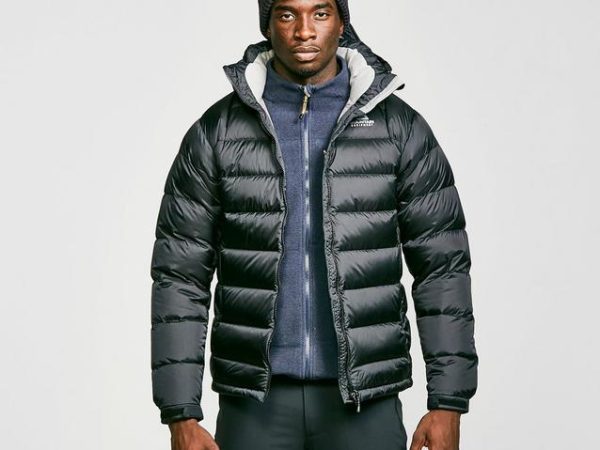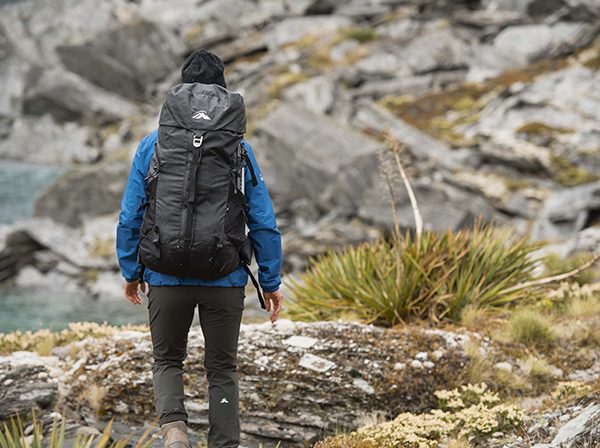“The Evolution of Hiking Backpacks: Technology and Design Trends”
Introduction:
Hiking backpacks have undergone significant evolution over the years, adapting to changing outdoor needs, technological advancements, and design trends. From basic canvas packs to high-tech, lightweight models, the evolution of hiking backpacks reflects the demands of outdoor enthusiasts and the innovations of outdoor gear manufacturers. In this guide, we’ll explore the technology and design trends that have shaped the evolution of hiking backpacks, from their humble beginnings to their current state-of-the-art iterations.
1. Materials Innovation:
One of the most significant advancements in hiking backpacks is the use of innovative materials that offer durability, lightweight performance, and weather resistance. Traditional canvas and nylon fabrics have been replaced by high-tech materials like ripstop nylon, Cordura, and Dyneema, which offer superior strength-to-weight ratios and resistance to abrasion and tearing. These materials allow for lighter and more packable backpacks without compromising on durability or functionality, making them ideal for long-distance hikes and challenging terrain.
2. Suspension Systems:
Suspension systems are crucial components of hiking backpacks, providing support, stability, and load distribution for the wearer. Over the years, suspension systems have evolved to become more ergonomic and customizable, with features like padded shoulder straps, adjustable hip belts, and ventilated back panels for enhanced comfort and ventilation. Some backpacks also incorporate innovative suspension technologies such as tensioned mesh frames, load-lifting systems, and adjustable torso lengths to ensure a personalized fit and optimal weight distribution.
3. Ergonomic Design:
The ergonomic design of hiking backpacks has become increasingly important as outdoor enthusiasts demand greater comfort and functionality on the trail. Modern backpacks feature anatomically shaped shoulder straps and hip belts, padded back panels, and contoured frames to minimize pressure points and maximize comfort during long hours of hiking. Additionally, backpacks are designed with intuitive organization systems, easy-access pockets, and hydration compatibility to streamline packing and ensure essential gear is readily accessible when needed.
4. Modular Versatility:
Modular versatility is a growing trend in hiking backpack design, allowing backpackers to customize their packs according to their specific needs and preferences. Many backpacks feature modular attachment points, removable compartments, and expandable storage options that accommodate various gear configurations and packing styles. This modular approach enables backpackers to adapt their packs for different trip lengths, terrain types, and weather conditions, enhancing versatility and functionality on the trail.
5. Sustainability:
Sustainability has become an increasingly important consideration in the outdoor industry, and hiking backpacks are no exception. Manufacturers are incorporating eco-friendly materials, responsible manufacturing practices, and product lifecycle considerations into their design and production processes to reduce environmental impact and promote sustainability. Recycled fabrics, PFC-free water repellent treatments, and repairable designs are just a few examples of sustainable initiatives being implemented in hiking backpacks to minimize waste and preserve natural resources.
6. Integrated Technology:
As technology becomes more integrated into outdoor gear, hiking backpacks are incorporating a range of tech-savvy features to enhance the hiking experience. From integrated hydration systems and GPS tracking devices to solar panels and USB charging ports, modern backpacks offer a host of tech-driven amenities that cater to the needs of tech-savvy adventurers. These integrated technologies provide added convenience, safety, and connectivity on the trail, allowing backpackers to stay connected and powered up even in remote wilderness settings.
Conclusion:
The evolution of hiking backpacks is a testament to the innovation, ingenuity, and dedication of outdoor gear manufacturers to meet the evolving needs of outdoor enthusiasts. With advancements in materials, suspension systems, ergonomic design, modular versatility, sustainability, and integrated technology, hiking backpacks have become essential tools for adventurers seeking comfort, performance, and reliability on the trail. By staying abreast of the latest technology and design trends, backpackers can choose backpacks that best suit their needs and embark on unforgettable outdoor adventures with confidence and peace of mind.


